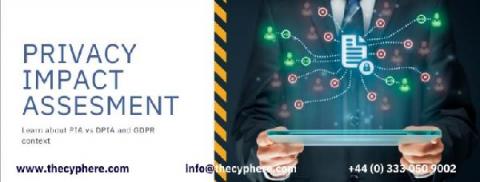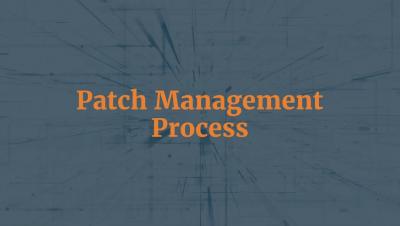Security | Threat Detection | Cyberattacks | DevSecOps | Compliance
May 2021
What harm can computer viruses cause?
What is Azure Active Directory? A detailed overview.
In today’s modern era where everything is being digitised, cloud technology is playing a huge role in our everyday tech life. People want to use lesser physical resources, want easier management and trouble-shooting of their digital assets, hence increasing the usage of cloud technology.
How to tackle healthcare security threats. Top 6 Healthcare Security Best Practices
OWASP Top Ten: Web Application Security Risks and Vulnerabilities
Privacy Impact Assessment - PIA vs DPIA (GDPR)
Before GDPR, PIA (Privacy Impact Assessment) were a thing. This topic is around privacy impact assessment, its purpose, PIA vs DPIA and includes the underlying context of GDPR compliance. The monotony has been changed since the General Data Protection Regulation (GDPR) came into existence; it has significantly changed the concept of data privacy and security.
Data Protection Impact Assessment (DPIA) GDPR - meaning, methodology and more!
A DPIA is a Data Protection Impact Assessment. It’s an assessment of the likely impact on data subjects (individual) and their rights, both regarding privacy and freedom to conduct business. The goal: To identify what measures might be needed for compliance with GDPR or equivalent legislation elsewhere in the world before beginning a new process involving personal data that will make it clear how that individual’s right is affected by this project.
Basic principles of Information Security | Confidentiality, Integrity, availability
The biggest cyber risks for healthcare providers and how to tackle these security threats.
Basic principles of Information Security | Confidentiality, Integrity, availability
Insider Threats in Cyber Security : Types, Examples and Detection Indicators
What does a penetration testing report look like? Why are reports so important?
GDPR - Individual Rights
As more businesses collect and share customer personal data for their digital economy, it has significantly influenced data privacy in today’s digital age. Data is the most critical asset to both businesses and customers/users. Businesses must ensure the confidentiality and integrity of users’ data and impose strict control over personal data collection and processing.
Blue vs Red team security challenge and why you need purple teaming for cyber security improvements
What are the security risks of the cloud computing?
The technological change of the 21st century has seen rapid growth in the innovation and fastest adoption of cloud computing. It is now considered the most ingenious solution that removes the idea of having a data centre by helping businesses meet their needs virtually in the most cost-effective, efficient, and productive way.
Patch management : How updates, patches & bugs affect your business
Data Subject Access Request: Article 15 GDPR - The Right of Access
In today’s data-driven world, every other company and application collects a significant amount of important data and individual’s personal information such as name, email ID, address, date of birth, ID number, credit card information, and online behaviours, history and much more. Sharing data has become an essential component to many businesses and organisations; it allows the data controller and data subjects to stay connected and collaborate on many things.
The top 10 network security vulnerabilities for businesses in 2021
As per UK DCMS’s data breaches survey, about 32% of businesses in the UK have faced a form of cybersecurity threat between 2018 and 2019. As a result of these network security vulnerabilities, these businesses incurred costs on lost data and many other damages that totalled £4,180.
PCI DSS Compliance and 12 requirements of PCI by Cyphere
What is an attack vector? Assess your attack surface and how to avoid cyber attacks.
Attack vectors are defined as the means or paths by which hackers gain access to computers remotely with malicious intentions such as delivering payloads or carrying out other harmful activities. Some common ones are malware, social engineering, phishing and remote exploits.

























